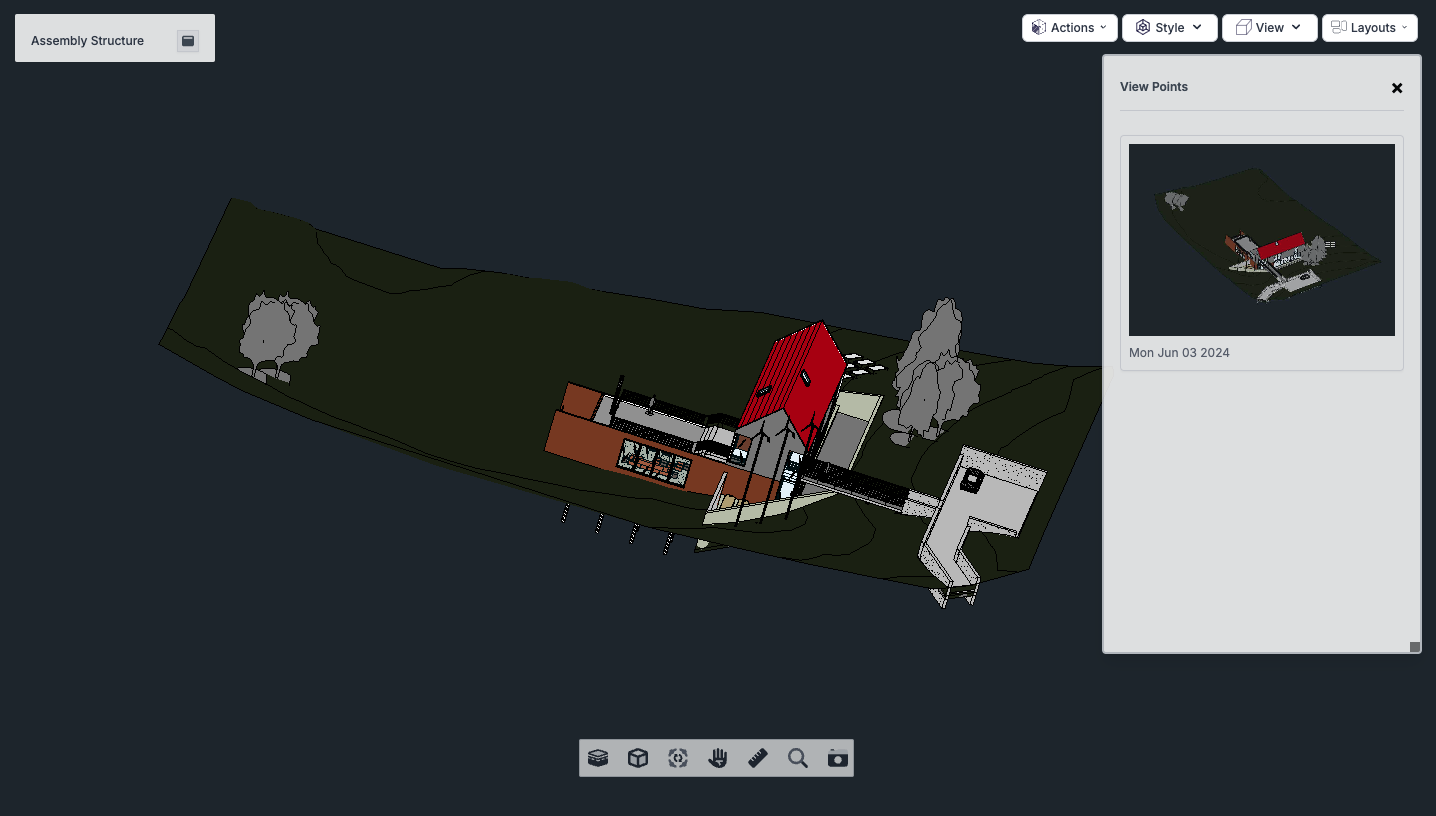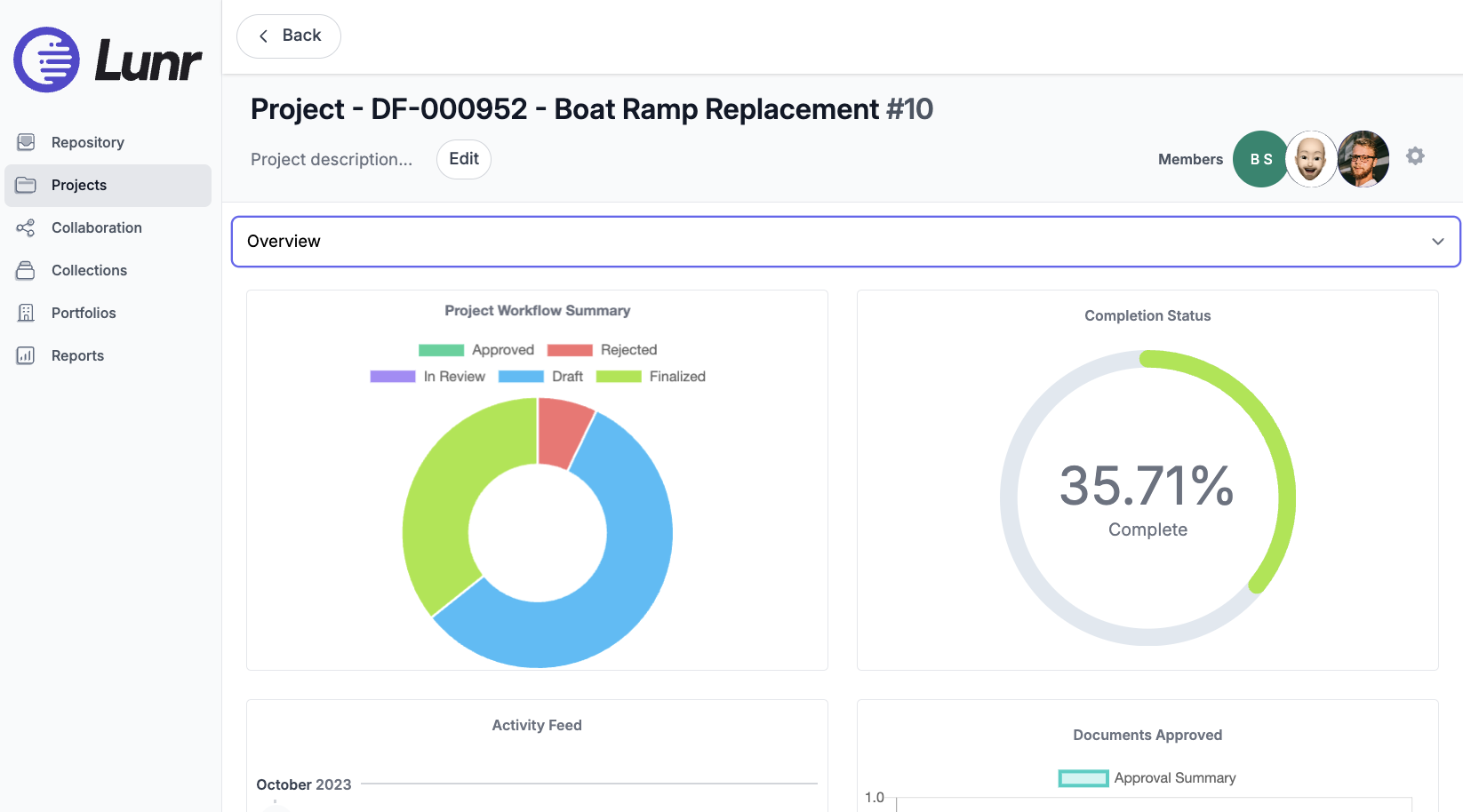Understanding Transmittals

Document Transmittals are a formal process used by Engineering and Construction companies to send controlled documents or drawings to external companies, contractors, or vendors. A transmittal typically consists of four parts:
Recipient(s): Details of who the transmittal is sent to.
Cover sheet: This should include a list of files (with their revision numbers) in the transmittal package.
Documents: The documents sent in the transmittal.
Reason: The reason that the documents are being transmitted. Examples include For Information or For Change.
From the vendor or contractor perspective, a transmittal offers a controlled and systematic way to share documents with clients. It not only provides a record of when the transmittal was sent, whom it was sent to, and when it was received, but also helps in maintaining project timelines by eliminating the ambiguity of document receipt dates. This is a significant advantage in the fast-paced construction industry.
From the asset owner's perspective, transmittals are a common practice during the preparation of a tender in capital works projects. They serve as a means to send a comprehensive package of documents for review, enabling prospective vendors to prepare accurate quotes. This process is instrumental in ensuring transparency and fairness in the vendor selection process.
Modern transmittal systems include a method for recipients to access a digital download of the package contents and automatically mark the transmittal as received once it has been accessed.
Lunr transmittals can send a package of documents to one or more contacts without the need to expressly grant these contacts access to the document repository. Once a contract is awarded to a vendor, this vendor would typically be given access to the document repository and one or more Engineering Projects.


